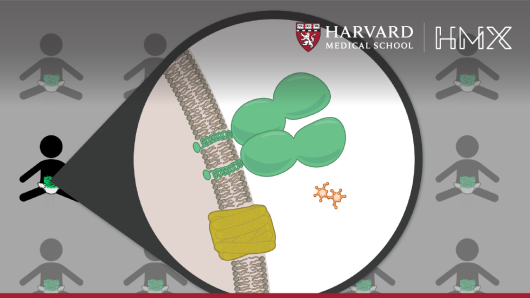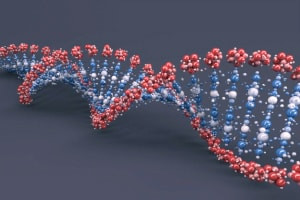Description
You've probably heard of the DNA double helix and genes. Many of you are aware that mutations happen at random, that the DNA sequence is read by successive groups of three bases (called codons), that many genes encode enzymes, and that gene expression can be controlled.
These ideas were proposed based on astute genetic experiments and, in many cases, biochemical results. However, the original articles in which these concepts appeared are not frequently part of the normal curriculum of biologists, biochemists, and medical students.
This course proposes to read, study, and discuss a small selection of these classic papers, as well as to place these landmarks in historical context. The majority of the authors displayed interesting personal histories, and many of their contributions extend beyond not only the papers we will read, but most likely all of their scientific papers.
Understanding the scientific process, the philosophy underlying scientific discovery, and the integration of new concepts is important not only for the history of science, but also for the mental development of creative science.
Syllabus :
1. Session 1
- Introduction
- Part 1 - Perspective
- Part 2
- Part 3
- Part 4
- Part 5
- Part 6
2. Session 2
- Part 1
- Part 2
- Part
- Part 4
- Part 5
- Part 6
- Part 7 - Quantitative analysis of transformation
3. Session 3
- Part 1
- Part 2
- Part 3
- Part 4
4. Session 4
- Part 1
- Part 2
- Part 3
- Part 4
- Part 5
5. Session 5
- Part 1
- Part 2
- Part 3
- Part 4
- Part 5
- Part 6
6. Session 6
- Part 1
- Part 2
- Part 3
- Part 4
- Part 5
- Part 6
- Part 7
7. Session 7
- Part 1
- Part 2
- Part 3
- Part 4
- Part 5
8. Session 8
- Part 1
- Part 2
- Part 3
- Part 4
9. Session 9
- Part 1
- Part 2
- Part 3
- Part 4
- Part 5
- Part 6
10. Session 10
- Part 1
- Part 2
- Part 2
- Part 4
- Part 5
- Part 6
- Part 7
11. Session 11
- Part 1
- Part 2
- Part 3
- Part 4
12. Session 12
- Part 1
- Part 2
- Part 3
- Part 4
- Part 5
- Part 6








